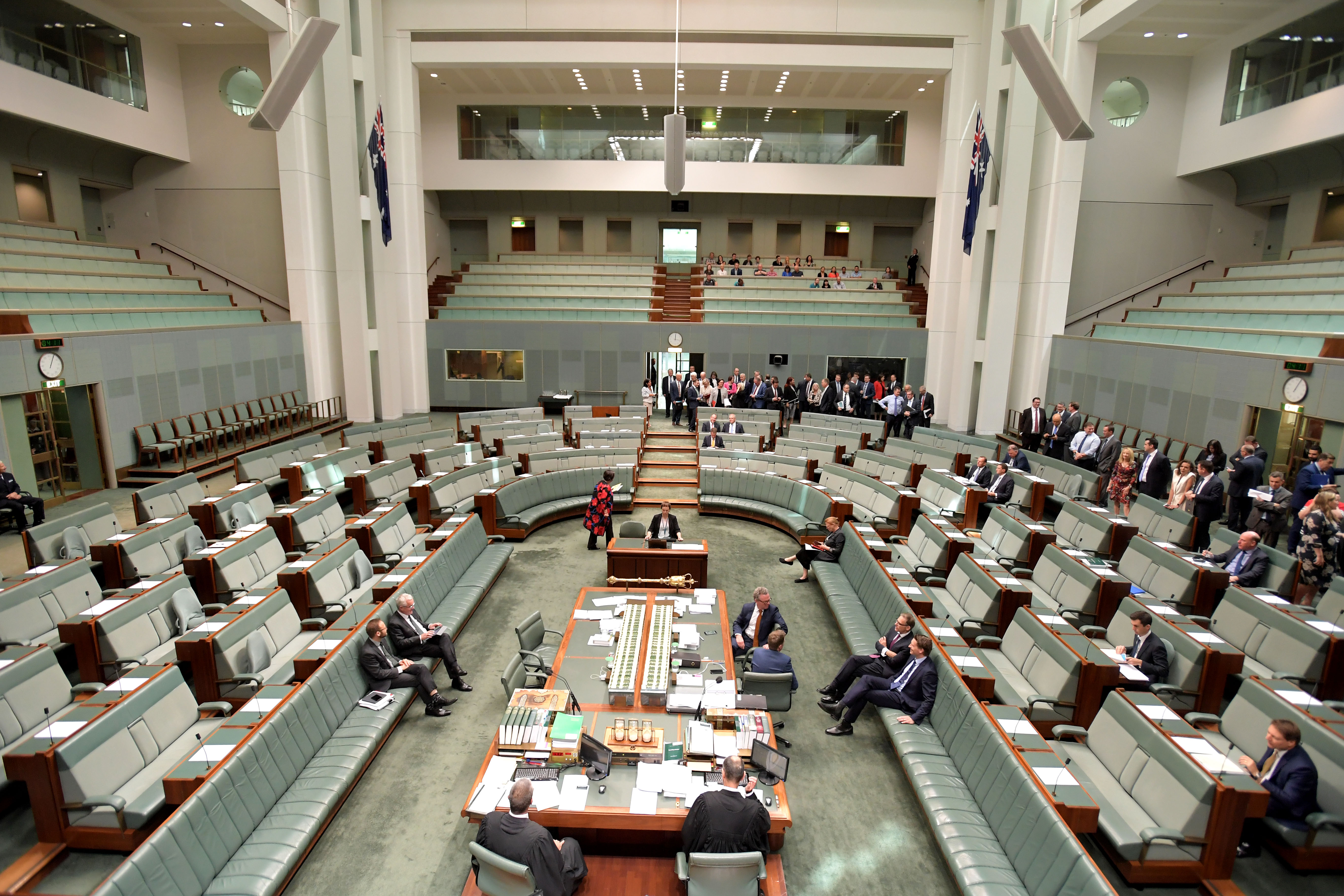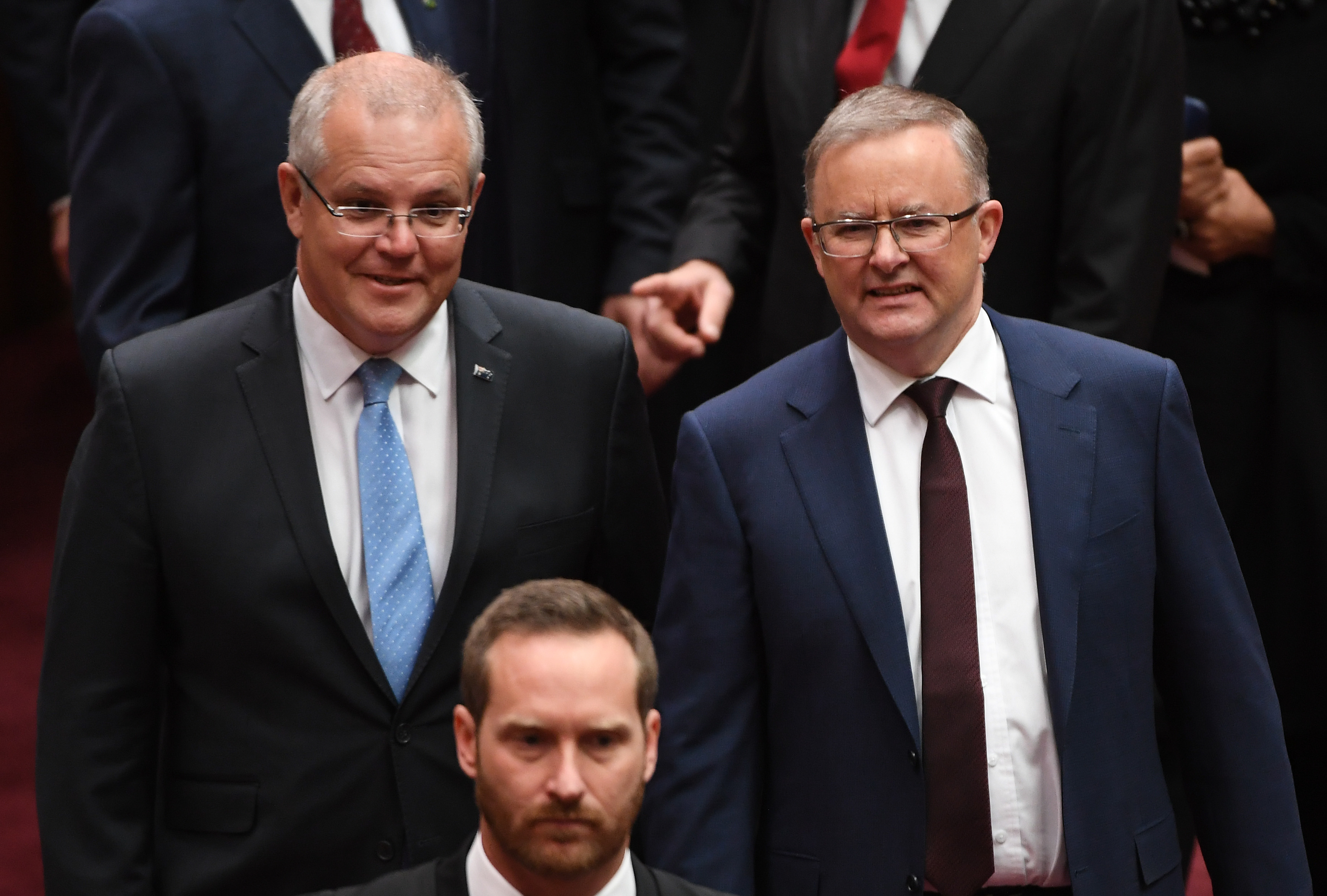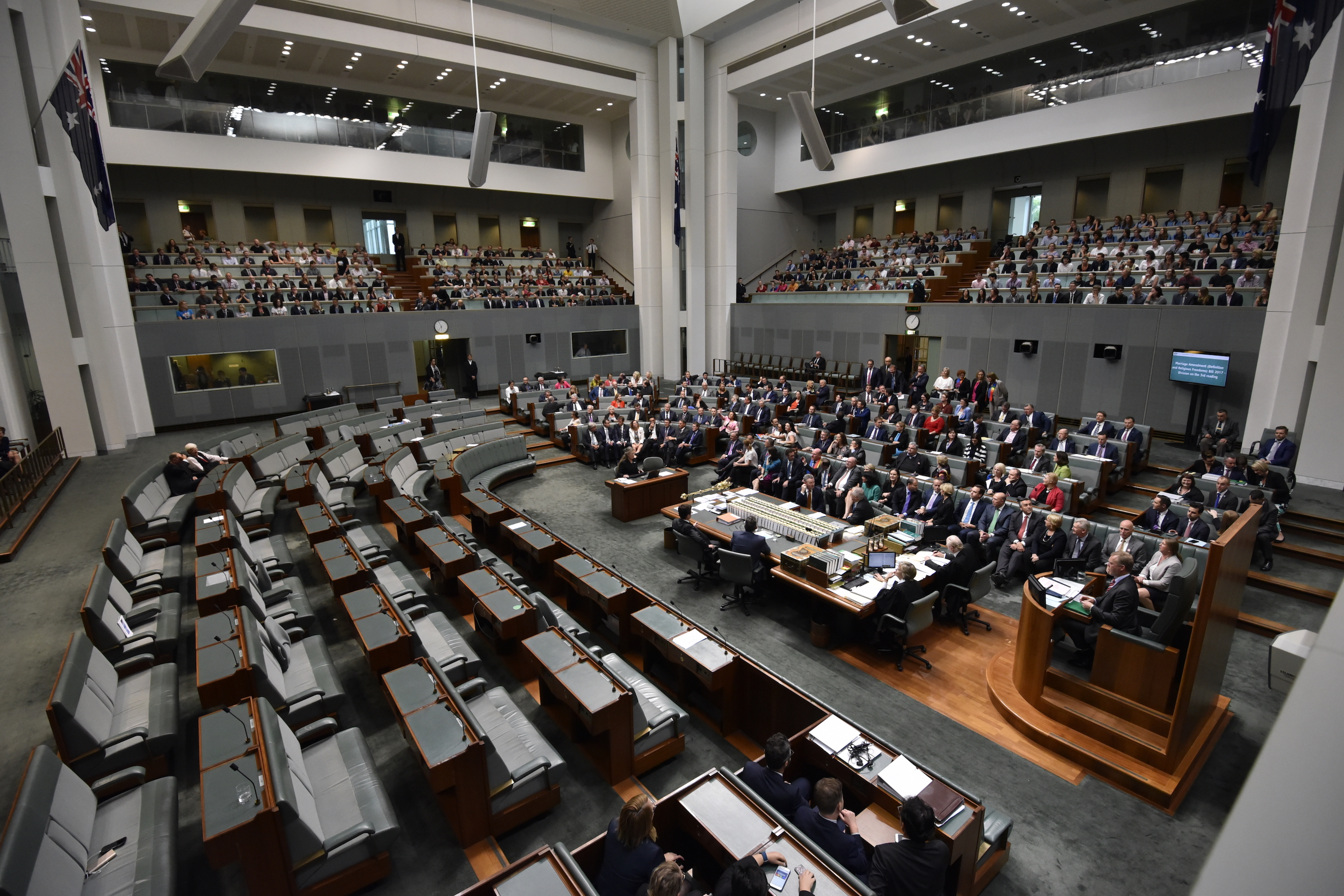
Politics & Society
Here’s how to renew Australia’s Democracy

Concerns that democracy is in decline has led to new experiments with citizen assemblies and juries, but we also need to look at revitalising what we already have – our parliaments
Published 21 August 2019
Given the global rise in authoritarian populist parties and political forces that are opposed to the key tenets of liberal democracy, Australia’s own democracy appears on the surface to be in relatively good health.
For instance, most democracy assessment indices (although far from perfect as reflections of reality) have not registered any declines for Australian democracy for the past decade. The country enjoys extremely high levels of voter enrolment and participation – 96.8 per cent of eligible voters were enrolled for the last federal election, and 91.9 per cent voted.

In addition, there’s been none of the tampering with polling, electoral laws, and gerrymandering that we see in a range of democratic states worldwide.
That said, a dominant view has taken hold that Australia’s political system is in crisis, paralysis and even decline. The public images of both the federal government and parliament has been tarnished by a variety of factors, especially the regularity with which Prime Ministers have been ousted between elections – since 2007 Australia has had six prime ministers, when in the previous 36 years (1971-2007) there were only six.

Politics & Society
Here’s how to renew Australia’s Democracy
In addition, the composition of parliament still doesn’t reflect the diversity of the Australian community. For example, women remain very underrepresented in parliament. After the May 2019 election women comprise only 36.6 per cent of the federal parliament and the proportion of women in senior leadership positions in parliament is even lower.
Some polls suggest that public faith in the political system and democracy has plummeted. A broad survey of polling data in December 2018 showed that fewer than 41 per cent of Australian citizens are satisfied with the way democracy works in Australia, a stark drop from 86 per cent in 2007.
There is a strong case then for some reform of our political institutions.
Australia’s political system is facing similar challenges to many democratic systems worldwide. The political-party system has undergone significant shifts over recent electoral cycles, including declining support for the two mainstream parties (the Liberal-National Party Coalition and Labor), and a rise in support for smaller parties including the nationalist anti-immigrant Pauline Hanson’s One Nation Party, the Greens, and newer parties like the Shooters, Fishers and Farmers (SFF) Party.

The most recent data on voting volatility by the Australian National University shows that in 1987, some 72 per cent of voters always voted for the same party. But by 2016 that number had dropped to 40 per cent.
Since 2010 at a federal level this voter volatility has translated into a number of minority governments, or governments holding only a slim majority. Before 2010, there hadn’t been a hung parliament and a minority government for almost 70 years.

Politics & Society
Sexism, women and Australian politics
Mirroring trends worldwide, the power of Australia’s parliament appears to have diminished in recent decades compared to other branches of power like the political executive and external organs like corporations).
Many critics of Australia’s political system focus not just on how representative the existing structures are, but on the need for a thorough reform of how we manage citizens’ capacity to be heard. Increasingly, reformers look beyond parliament for solutions. Citizens’ assemblies, in particular, are increasingly touted worldwide as a way of re-energising public participation in the political process and improving policy itself.
Australia has seen a variety of experiments with citizens’ assemblies and participatory decision-making in the past decade, from the Citizens’ Parliament on strengthening Australia’s political system in 2009, to more localised current bodies including the Geelong Citizens’ Jury and Melbourne People’s Panel.

Australian reformers have also noted the global spread of bodies like this, especially in Europe. In Ireland, experiments with deliberative bodies are seen as key to achieving key constitutional reforms (e.g. introducing marriage equality). A range of assemblies are emerging in the UK, on issues like climate change and the constitutional future of Scotland.
Perhaps most strikingly in February 2019 the parliament of the small German-speaking part of Belgium established the world’s first permanent Citizen Council a co-equal institution to parliament. This Council will set the agenda and monitor how elected politicians deliver on the recommendations of citizens’ assemblies, each of which comprise 25 citizens, selected by lot.

Politics & Society
How India runs the biggest elections in the world
All of these developments prompt the question of whether the purpose of parliament as a mechanism of representative government needs a fundamental re-think to respond to contemporary challenges.
Regarding the promise of citizens’ assemblies, it is too early to tell whether current experiments will be successful. However, a range of recent analysis gives some pause for thought.
Experts on Ireland’s Citizens’ Assembly, which convened from November 2016 to March 2017 and broke a longstanding political deadlock on the vexed issue of abortion reform, have been cautious about seeing these bodies as a panacea. They identified multiple deficiencies and limitations in the operation of the Assembly.

Practical shortcomings included difficulties in even securing enough citizens to participate in the selection processes (which wasn’t quite as random as envisaged). More widely, some experts felt that the Assembly itself couldn’t shore up the severe inadequacies of the political system, and that its impact as an exercise in wider civic education is open to doubt.
We also need to consider whether these bodies are simply being used as ‘bypass institutions’ to avoid the difficult and overdue work of reforming existing underperforming political structures like parliament. That is, are we just creating a new body to replicate what, ideally, parliament should do?

Politics & Society
Is our democracy broken?
Without dismissing the value of citizens’ assemblies out of hand, it is worthwhile to ask whether, to some extent, they are little more than institutional band aids?
For some, the challenge is how to achieve a good marriage of the two – maximising the potential of citizen participation without overstretching its capacity, or displacing the need for collective organs like parliament.
Like political parties, for all we may talk of reform, parliaments are here to stay in Australia, as well as elsewhere. That is all the more reason to seek reform that ensures parliaments can thrive as a truly representative organ worthy of a democratic state.
This article has been co-published with Election Watch, as part of a special series related to a Forum ‘the Future of electoral democracy in India and Australia’ held in New Delhi, this week. The Forum is part of the University of Melbourne’s ‘Engaging with India 2020-2024’ Strategy.
Banner: Getty Images